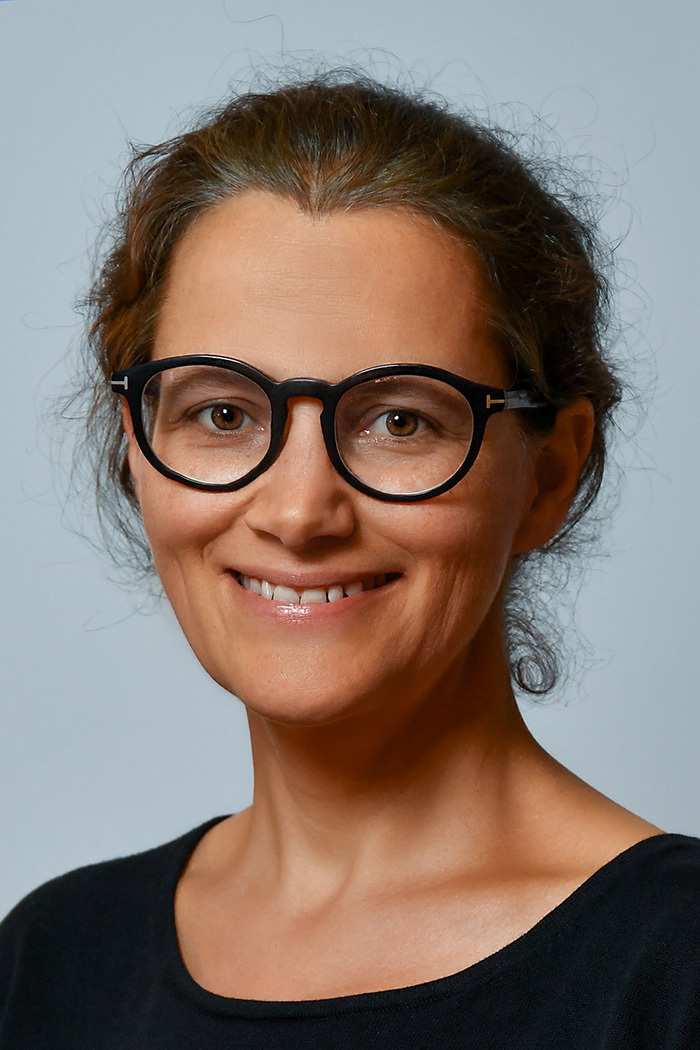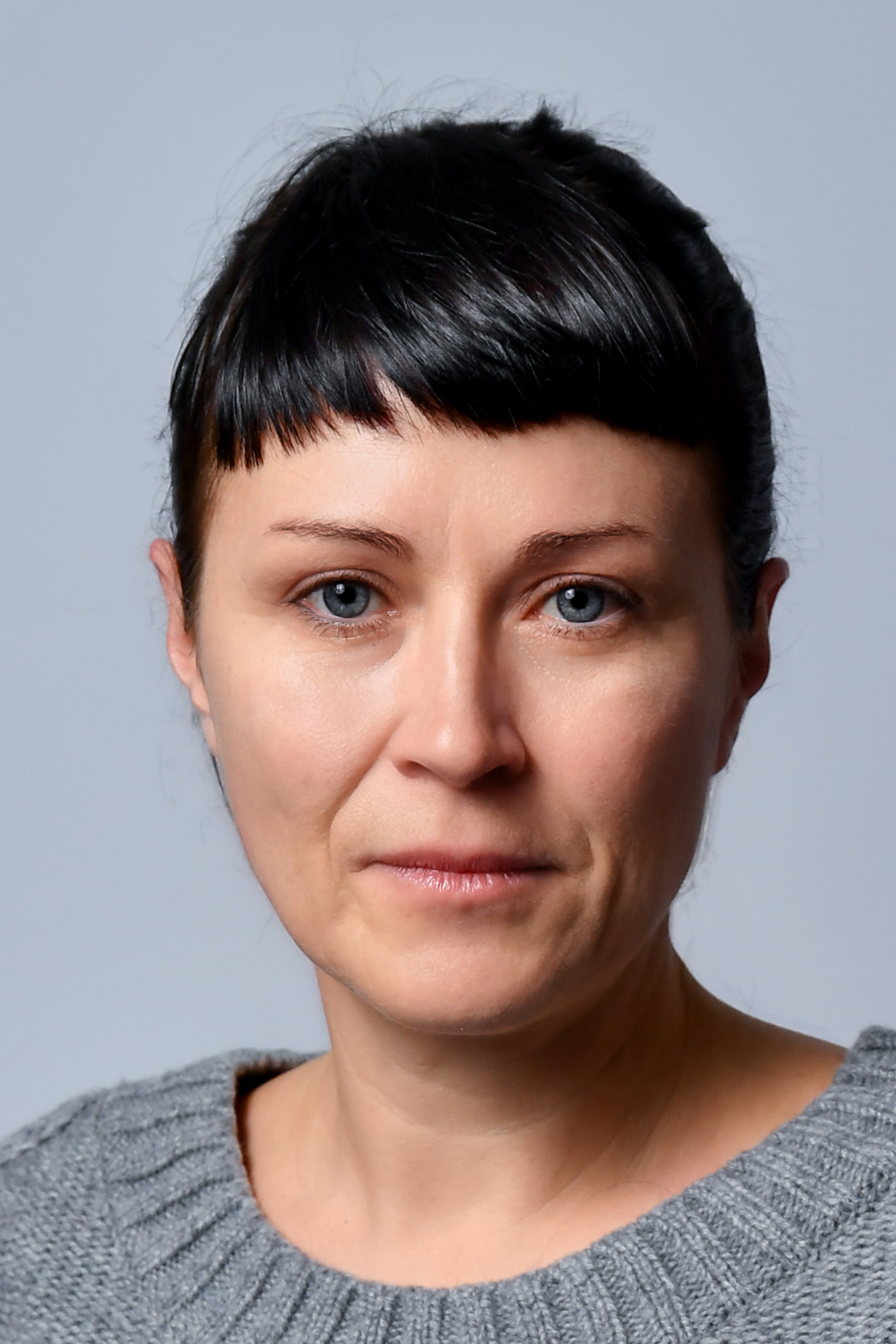Der Einfluss materieller Deprivation und sozialer Ungleichheit auf Schwangerschaft und Geburt
Differential analysis indicates that social inequality leads to health inequality and poverty is considered a co-founder in many health care settings. This project aims to present the impact of material deprivation on maternal and neonatal obstetric outcomes.
17% of the population in Austria – or 1,519,000 people – were at risk of poverty or exclusion in 2021, according to which one of the three factors at risk of poverty, no/low employment intensity or significant material deprivation applied to them. The risk of social exclusion for children and adolescents under 18 years of age was significantly higher than that of the total population at 23%. 3% of minors were exposed to significant material deprivation (Statistik Austria 2021). Analogously, the proportion of pregnant women affected by poverty and social burdens is also estimated in this relation. Statistical data on an expected further precarisation of those at risk of poverty and exclusion as a result of the Corona pandemic are pending with reference to the EU-SIL 2022 data.
Various studies point to the association of social deprivation and poverty with an increase in obstetric risks such as low birth weight, preterm birth, miscarriage, caesarean section, pre-eclampsia and postpartum haemorrhage (Goeckenjan et al. 2009; Blumenshine et al. 2010; Glinianaia et al. 2013; Kim et al. 2018).
The aim of this study is to investigate how socioeconomic status and the extent of material deprivation affect relevant obstetric parameters. For this purpose, an electronic survey is conducted in German-speaking online forums using LimeSurvey.
The results of the study will be published in a relevant scientific journal.
Projektteam
Dr.in Barbara Schildberger MA
Head of Degree Programme, Research Coordinator, Curia Head of Degree Programme, Diversity Officer
Mag.a Sarah Christl-Sebinger BSc
Academic Staff, Research Coordinator, International Coordinator

